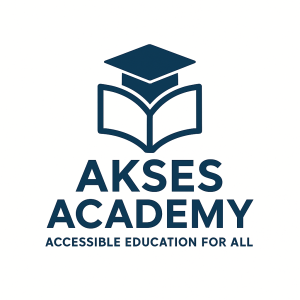🎧 Listening (DSKP 1.1.1, 1.2.1, 1.2.2, 1.2.4, 1.2.5) — Unit 2: Let’s Play!
Objective: Assess pupils’ ability to recognise toy words (e.g., ball, kite, doll, bike) and understand simple Yes/No questions and short sentences about toys in familiar contexts.
Activities (for H5P):
-
Listen & match (toys): Pupils hear “a doll” / “a kite” / “a ball” / “a bike” and choose the correct picture.
-
Choose the right picture: Audio asks “a long train”
-
Fill the sentence: Pupils hear "His name Ben. He's seven. His favourite toy's his car." Pupils fill in the age and the toy.
Grading (auto TP from % score):
-
90–100 → TP6: Comprehends toy-related phrases with ease.
-
76–90 → TP5: Responds accurately with minimal support.
-
61–75 → TP4: Understands simple sentences about toys with support.
-
41–60 → TP3: Follows familiar toy words/phrases with guidance.
-
21–40 → TP2: Recognises familiar toy words with support.
-
0–20 → TP1: Recognises a few words/sounds with strong support.
Suggested DSKP Elements (Listening, aligned to Unit 2)
-
1.1.1 Recognise and reproduce with support a range of high-frequency phonemes (e.g., /e/ in pen, ten, useful for toy words).
-
1.2.1 Understand with support the main idea of very simple phrases/sentences (toy identification).
-
1.2.2 Understand with support specific details in very simple phrases/sentences (e.g., big/small, a/an).
-
1.2.4 Understand short supported instructions
-
1.2.5 Understand short supported questions (e.g., “Is it a kite?”).
